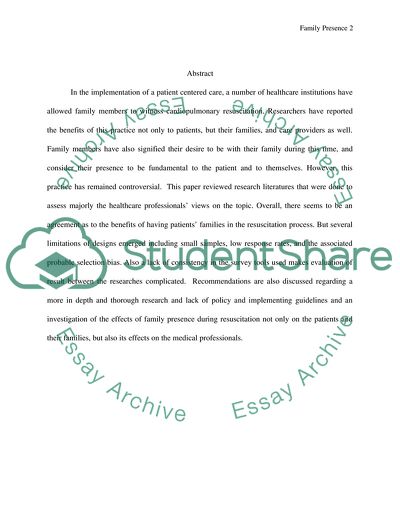Cite this document
(Through The Eyes of Medical Professionals: Family Presence During Case Study, n.d.)
Through The Eyes of Medical Professionals: Family Presence During Case Study. Retrieved from https://studentshare.org/nursing/1711724-research-based-nursing-intervention-paper-family-presence-during-invasive-proceduresresuscitation
Through The Eyes of Medical Professionals: Family Presence During Case Study. Retrieved from https://studentshare.org/nursing/1711724-research-based-nursing-intervention-paper-family-presence-during-invasive-proceduresresuscitation
(Through The Eyes of Medical Professionals: Family Presence During Case Study)
Through The Eyes of Medical Professionals: Family Presence During Case Study. https://studentshare.org/nursing/1711724-research-based-nursing-intervention-paper-family-presence-during-invasive-proceduresresuscitation.
Through The Eyes of Medical Professionals: Family Presence During Case Study. https://studentshare.org/nursing/1711724-research-based-nursing-intervention-paper-family-presence-during-invasive-proceduresresuscitation.
“Through The Eyes of Medical Professionals: Family Presence During Case Study”. https://studentshare.org/nursing/1711724-research-based-nursing-intervention-paper-family-presence-during-invasive-proceduresresuscitation.


